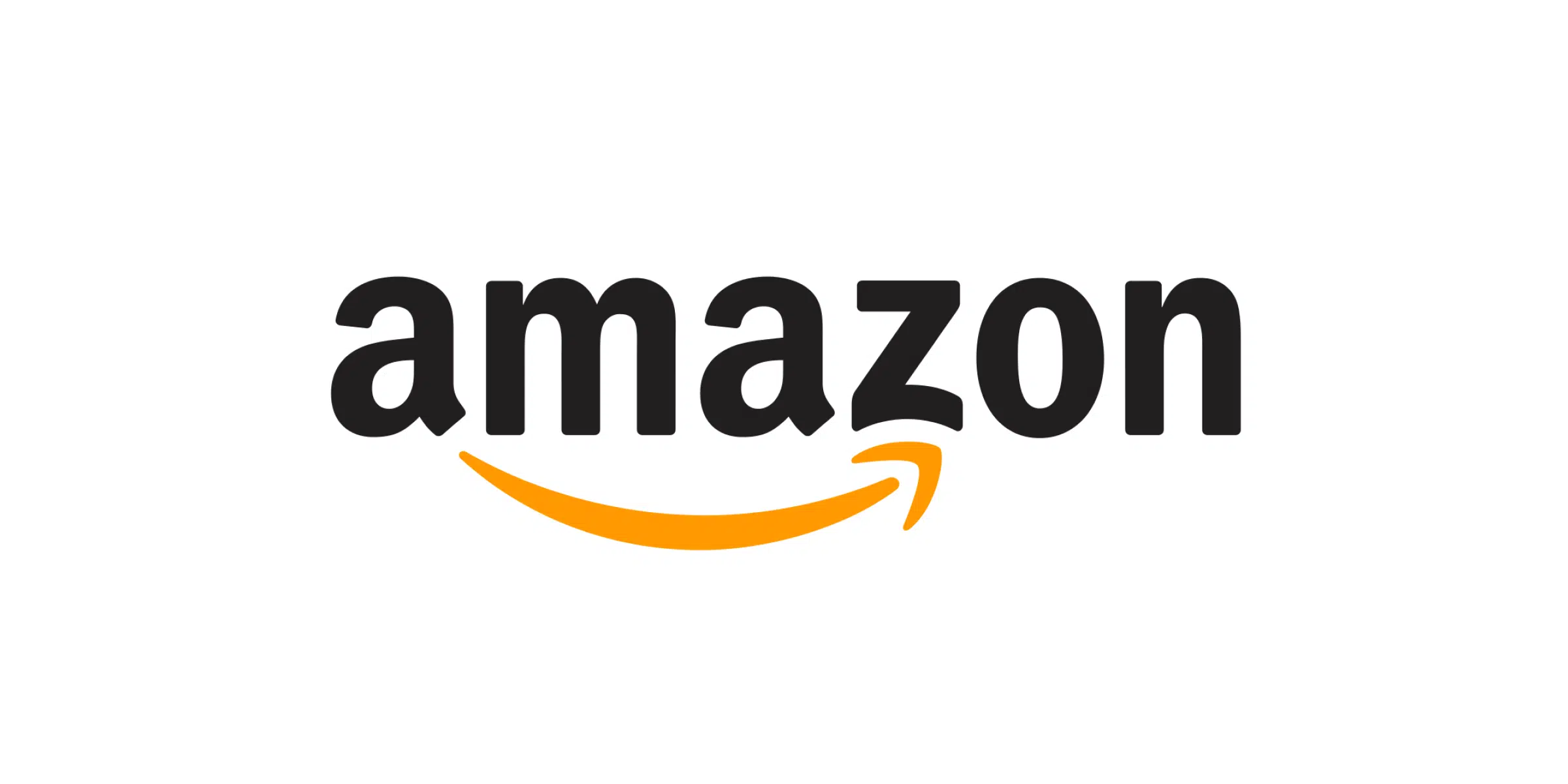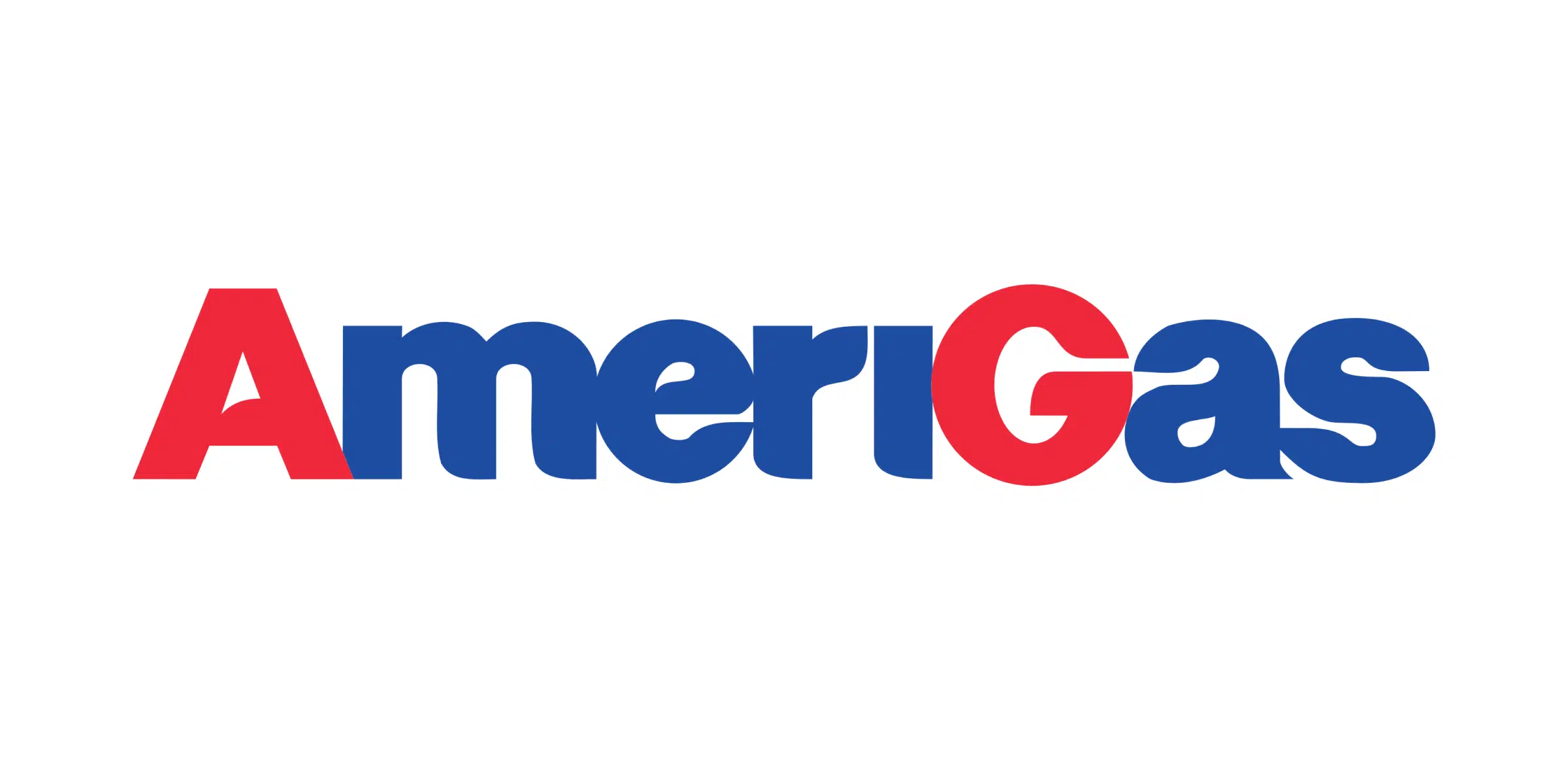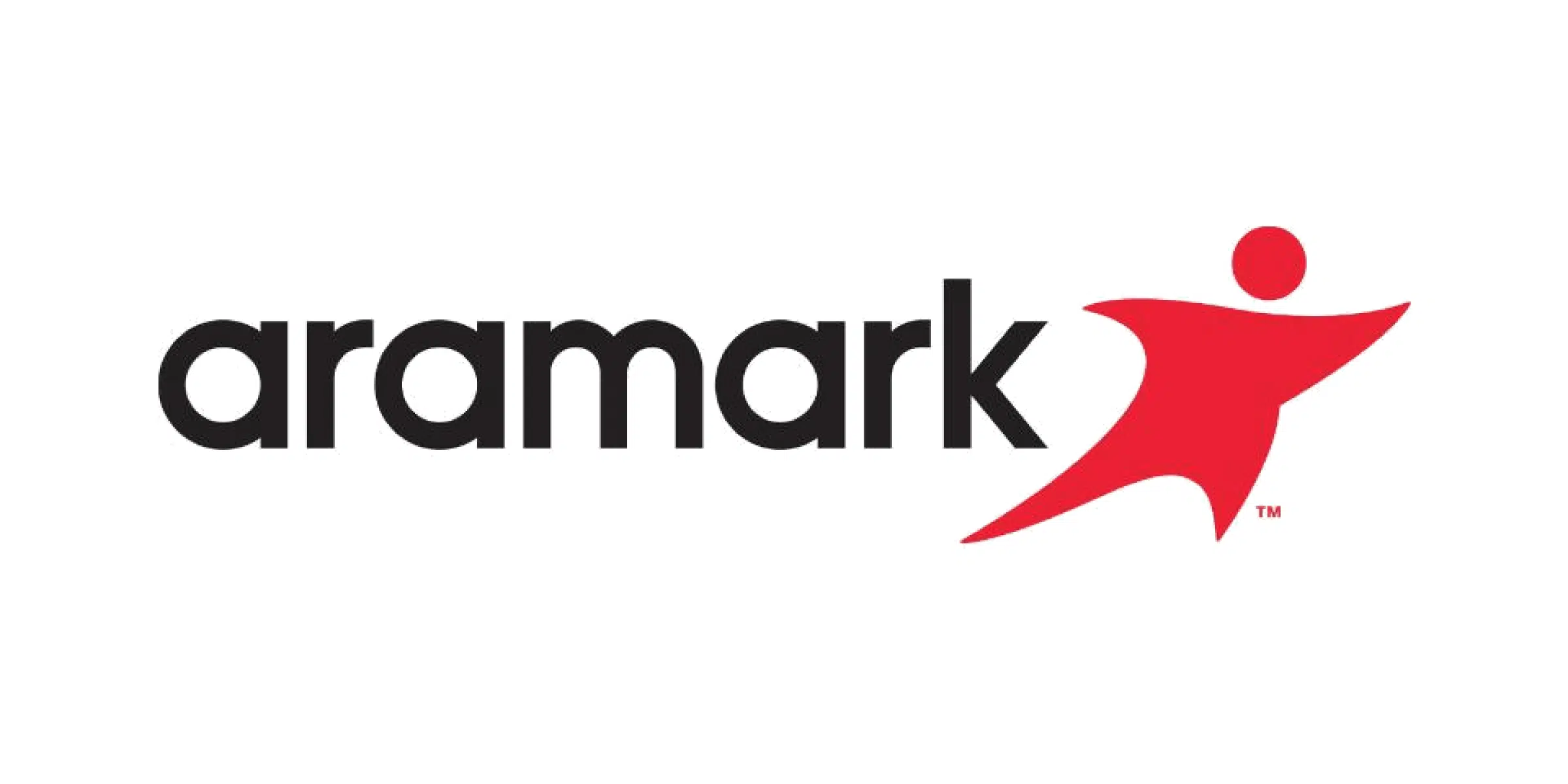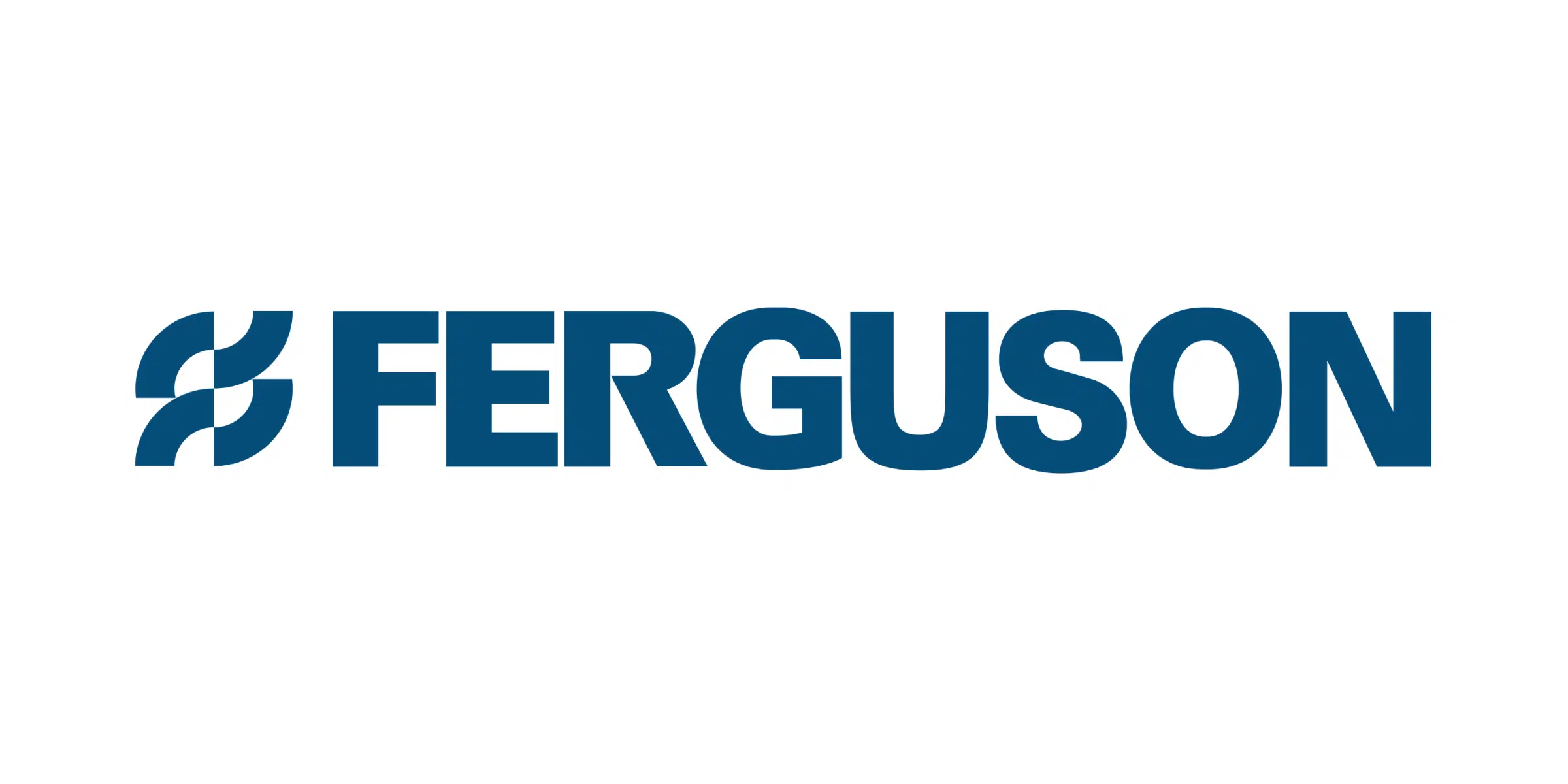
On-demand fuel delivery is the wave of the future. In today’s world, anything can be delivered, even your fuel. This innovative new service has been growing in popularity because of the convenience and cost-savings it offers consumers. Gas stations are a thing of the past.
Keep reading to learn more about the economics behind on-demand fuel delivery.
Introduction
As the world moves towards a more digital and convenience-based economy, people begin to expect this type of service in all aspects of their lives. This pushes companies to develop new and innovative ways to provide on-demand services to their customers. Companies are challenged to meet their customers where they are.
One such innovative service that has gained popularity in recent years is on-demand fuel delivery. On-demand fuel delivery is a service that allows consumers, both individuals and fleet companies alike, to order and receive fuel for their vehicles without ever having to leave their homes or offices.
There are a range of economic benefits to recieving fuel delivered which makes it an attractive option for those looking to save time and money. This rings true particiularly for companies with a fleet of vehicles that need to be fueled every day. Having fuel delivered can give countless hours back to fleet drivers and drive efficiency up.
What is On-Demand Fuel Delivery?
On-demand fuel delivery is simple. Using either a mobile app or website, customers can order fuel and have it delivered to a set location.
Customers can specify the type of fuel they need, the amount required, and the location where they want the fuel delivered. Customers can even select the specific date and time for their delivery. Everything customizable for that customer’s needs.
Once the order is placed, a fuel delivery truck is dispatched to the location, and the fuel is pumped directly into the customer’s vehicle. Just like that.
Economic Benefits of On-Demand Fuel Delivery
There are three main economic benefits of on-demand fuel delivery: eliminating the need to travel, saving on the cost of fuel, and meeting sustainability goals.
When customer choose to deliver their fuel, it immediately eliminates unnecessary travel. This means that instead of using valuable time traveling to and filling at a gas station, customers are able to deliver top-notch service for their customers. Reducing the number of trips to the gas station also has a positive benefit on the wear and tear of the vehicle. While seemingly a minimal cost, when added up day-after-day, eliminating travel can quickly add up to a big savings in maintenance and repair.
Delivering fuel also gives customers a great deal on the cost of fuel. On-demand fuel delivery companies often purchase fuel in bulk and are able to pass on the savings to customers. They do not have the same overhead costs of a traditional gas station and are able to offer more competitive pricing. A study conducted by the University of California, Berkeley, found that on-demand fuel delivery services can save consumers up to 50 cents per gallon of fuel.
Many companies today are dedicated to doing their part in making sustainability a priority. Using on-demand fuel delivery services is an easy way to reduce greenhouse gas emissions.
Traditional Gas Station versus On-Demand Fuel Delivery
To truly understand the value of on-demand fuel delivery, it’s important to compare the economics against the traditional gas station. There are five areas that show distinct advantages for choosing fuel delivery.
Overhead Costs
On-demand fuel delivery services have lower overhead costs. Since fuel delivery companies are not fixed to a single location, they are often able to minimize administrative costs. They also don’t often keep inventory on-site which reduces shrink and inventory loss. Alternatively, traditional gas stations have high overhead costs including land purchase or lease, construction, maintenance, employee salaries, and equipment maintenance.
Delivery Fees:
On-demand fuel delivery services may charge a delivery fee, which is not something that happens in the traditional gas station model. However, traditional gas stations do often charge differently for payment types (cash versus credit) and can ask for extra fees for full service.
Fuel Prices:
Traditional gas stations may be able to offer lower fuel prices in some cases due to their ability to purchase fuel in large quantities. On the other hand, on-demand fuel delivery companies may be able to negotiate better prices with fuel suppliers since they often purchase fuel in bulk. These companies also have flexibility in where and how they receive their fuel supply, which allows them to find the best price.
Convenience:
Convenience is top of the list for on-demand fuel delivery services. Customers don’t have to travel to a gas station to fill up their tanks like they would do for a traditional gas station.
Competitive Market:
The on-demand fuel delivery market is becoming increasingly competitive, which can result in lower prices and better service for consumers. Traditional gas stations are also facing increased competition from on-demand fuel delivery services and may need to lower their prices or improve their services to remain competitive.
Conclusion
The on-demand fuel delivery market is still emerging but there are but a few market leaders like Booster, who have been able to deliver value for their customers. Booster is a diesel fuel supplier that is able to offer customers fueling services for gas, diesel, and renewable.
By eliminating the need for a physical gas station location, on-demand fuel delivery companies like Booster are able to offer customers a more convenient and cost-effective way to refuel their vehicles.
While the economics of on-demand fuel delivery versus the traditional gas station model will depend on various factors such as location, delivery fees, and fuel prices, the convenience and potential cost savings associated with on-demand fuel delivery make it an attractive option for many consumers and businesses. As this market continues to innovate and grow, it will be interesting to see how it continues to evolve and impact the fuel industry as a whole.







